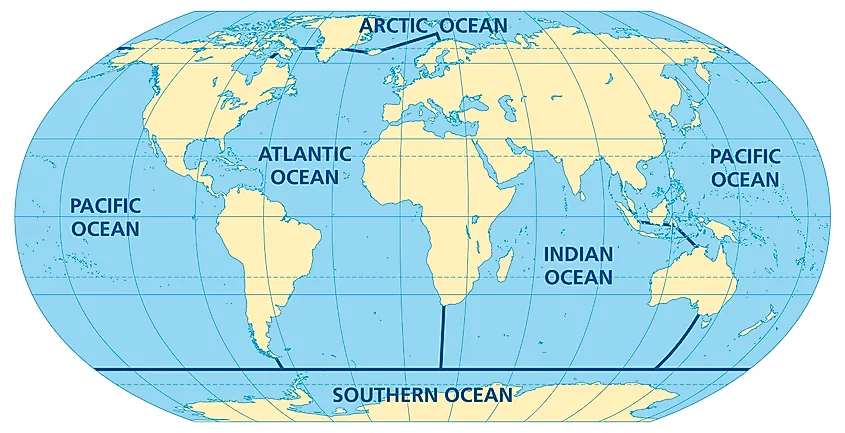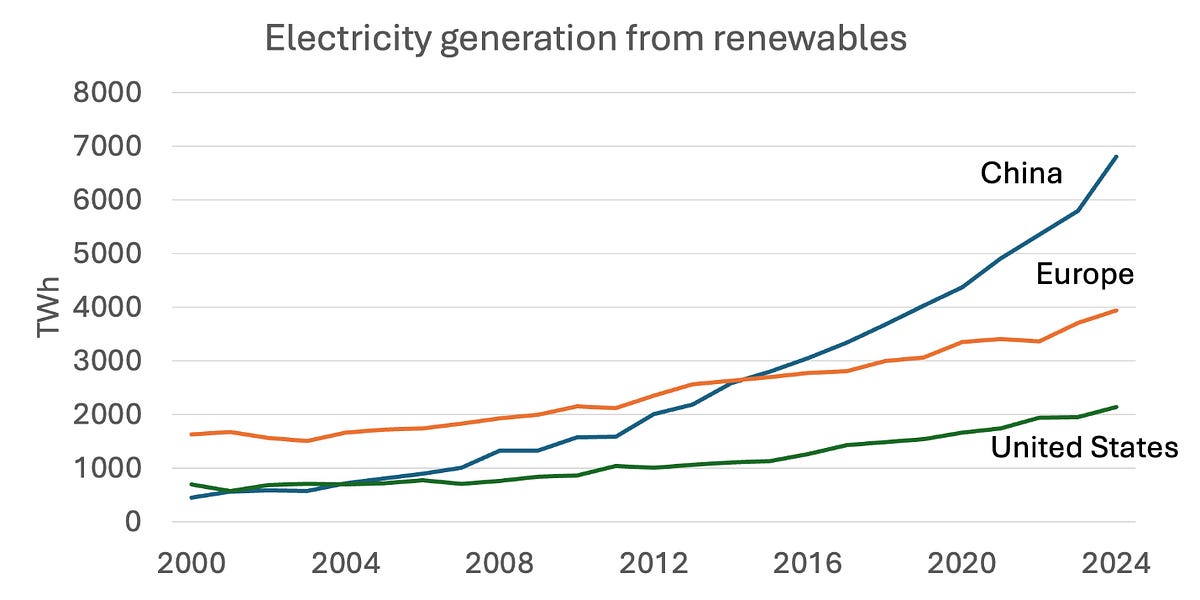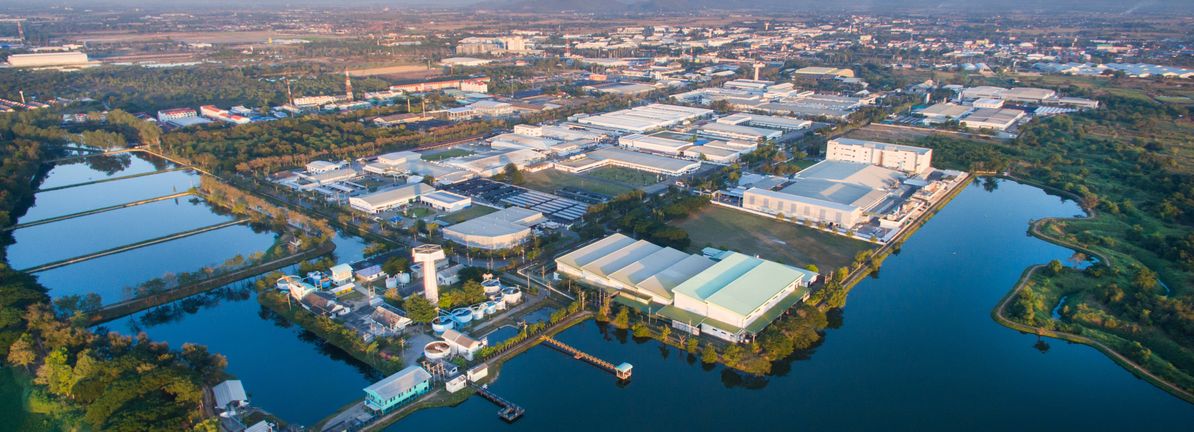Japan’s real GDP to see positive growth as inflation eases: Deloitte – Fibre2Fashion

Japan’s Economic Outlook: An Analysis Through the Lens of Sustainable Development Goals
Economic Growth and Stability (SDG 8)
A recent economic analysis by Deloitte indicates a conditional outlook for Japan’s economy, directly impacting the nation’s progress towards Sustainable Development Goal 8 (Decent Work and Economic Growth). The forecast suggests that real Gross Domestic Product (GDP) could experience a significant rebound if inflation returns to the central bank’s 2% target. However, several factors present challenges to this outcome.
- GDP Forecast: Real GDP is expected to return to positive growth as some inflationary pressures ease, but the rate of growth will likely remain subdued through at least the end of 2025.
- Inflationary Risks: There is a considerable risk that inflation could prove “sticky,” hindering the stable and sustainable economic growth targeted by SDG 8.
- Monetary Policy: In response to below-target core inflation in Western economies and an anticipated global trade slowdown, Japan’s monetary policy is expected to remain on hold for the rest of the year.
Decent Work and Economic Inequality (SDG 8, SDG 1, SDG 10)
The state of the labor market presents a significant challenge to achieving inclusive growth. The analysis highlights a disconnect between announced wage increases and actual earnings, with direct implications for several SDGs.
- Wage Growth Stagnation: Despite corporate announcements, total wage growth remains weak, undermining the objective of “full and productive employment and decent work for all” as stipulated in SDG 8. Total gross earnings increased by only 1% year-on-year in May.
- Erosion of Real Income: When adjusted for inflation, gross earnings fell by 2.9% over the same period. This decline in real wages erodes household purchasing power, potentially impeding progress on SDG 1 (No Poverty).
- Risk to Equality: The growing gap between nominal and real wages threatens to widen economic disparities, running counter to the aims of SDG 10 (Reduced Inequalities). It is projected that wage growth will not reach the levels seen in the previous year, even if it accelerates through 2025.
Global Partnerships and Trade Threats (SDG 17, SDG 8)
The report identifies external factors, particularly in global trade, as the most significant threats to Japan’s economy. These challenges directly affect the country’s ability to leverage international cooperation for sustainable development.
- Trade Barriers: Rising trade tensions and barriers with the United States threaten a vital source of economic growth. This trend challenges the spirit of SDG 17 (Partnerships for the Goals), which promotes a universal, rules-based, and equitable multilateral trading system.
- Weakening Global Growth: A slowdown in global trade, with evidence already appearing in statistics, poses a major risk to Japan’s export-oriented economy. This external pressure complicates the path to achieving the sustained economic growth targets of SDG 8.
1. Which SDGs are addressed or connected to the issues highlighted in the article?
-
SDG 8: Decent Work and Economic Growth
- The article’s primary focus is on Japan’s economic performance, which is the core of SDG 8. It discusses key economic metrics such as “real gross domestic product (GDP),” inflation, wage growth, and the impact of international trade. The goal aims to “promote sustained, inclusive and sustainable economic growth, full and productive employment and decent work for all,” which directly aligns with the article’s concerns about GDP growth rates, weak wage increases, and threats from trade tensions.
2. What specific targets under those SDGs can be identified based on the article’s content?
-
Target 8.1: Sustain per capita economic growth
- This target aims to “sustain per capita economic growth in accordance with national circumstances.” The article directly addresses this by analyzing Japan’s economic outlook, stating, “We expect real GDP to return to positive growth… but the rate will likely remain relatively subdued.” It also mentions the potential for real GDP to “rebound quite nicely” if inflation is managed, highlighting the focus on sustaining economic growth.
-
Target 8.5: Full and productive employment and decent work for all
- This target seeks to “achieve full and productive employment and decent work for all… and equal pay for work of equal value.” The article’s discussion on wages is directly relevant. It notes that “total wage growth in the country remains relatively weak” and that “in inflation-adjusted terms, gross earnings were down by 2.9 per cent.” This analysis of real earnings speaks to the “decent work” aspect, as wages that do not keep up with inflation reduce the value of work and the purchasing power of workers.
3. Are there any indicators mentioned or implied in the article that can be used to measure progress towards the identified targets?
-
Indicator 8.1.1: Annual growth rate of real GDP per capita
- The article explicitly uses this indicator as a central theme. It discusses the expectation that “real GDP to return to positive growth” and the possibility that it “will rebound quite nicely.” The entire analysis of Japan’s economic health is framed around the performance and projected growth of its real GDP.
-
Indicator 8.5.1: Average hourly earnings of female and male employees, by occupation, age and persons with disabilities
- While the article does not disaggregate data by gender or other demographics, it directly measures the core component of this indicator: earnings. It provides specific data points, such as “Total gross earnings were up by just 1 per cent year on year (YoY) in May,” and more critically, “In inflation-adjusted terms, gross earnings were down by 2.9 per cent over the same period.” This data on nominal and real wage growth is a direct measure used to assess progress towards decent work and fair pay.
4. Create a table with three columns titled ‘SDGs, Targets and Indicators” to present the findings from analyzing the article.
| SDGs | Targets | Indicators |
|---|---|---|
| SDG 8: Decent Work and Economic Growth | Target 8.1: Sustain per capita economic growth in accordance with national circumstances. | Indicator 8.1.1: Annual growth rate of real GDP per capita. (Mentioned as “real gross domestic product (GDP)” and its expected positive growth). |
| SDG 8: Decent Work and Economic Growth | Target 8.5: By 2030, achieve full and productive employment and decent work for all women and men… and equal pay for work of equal value. | Indicator 8.5.1: Average hourly earnings. (Mentioned as “total wage growth,” “Total gross earnings,” and “inflation-adjusted… gross earnings”). |
Source: fibre2fashion.com

What is Your Reaction?
 Like
0
Like
0
 Dislike
0
Dislike
0
 Love
0
Love
0
 Funny
0
Funny
0
 Angry
0
Angry
0
 Sad
0
Sad
0
 Wow
0
Wow
0














;Resize=805#)






























































